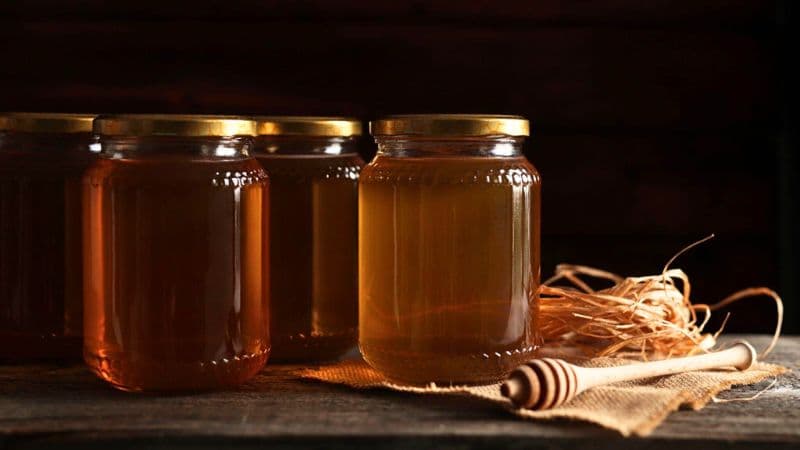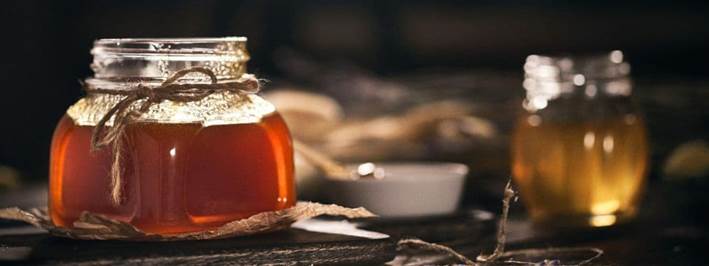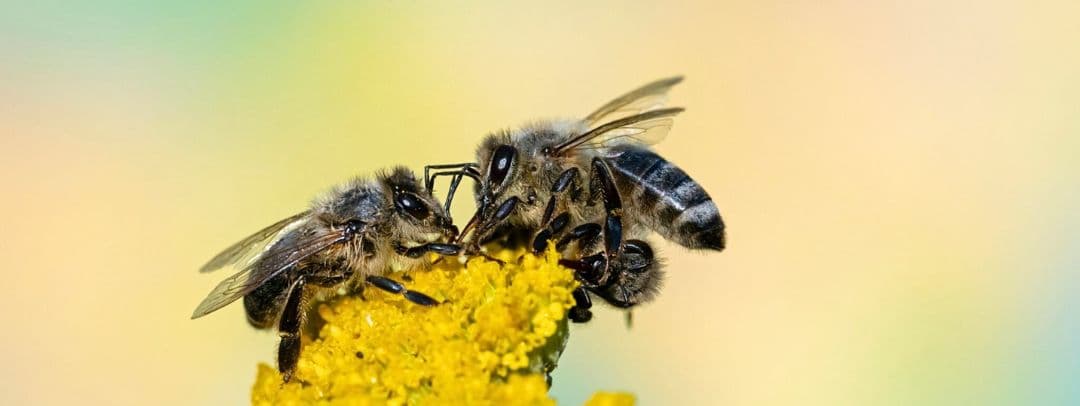The process of making honey lasts approximately 45 days, where each bee develops a specific function. In this way, through teamwork, the correct development of the process is guaranteed, and therefore the creation of a high quality honey. Here we show you what this process consists of.
How is the process of making honey?
Extraction of nectar from flowers
The process of making honey begins with the collection of nectar from the flowers. In this step, the adult worker bees, that is, with at least 21 days, fly over the flowers to extract the nectar. To obtain the nectar, rich in sugars, the bees suck the flowers with their long tongues.
In this way, when beekeepers want to obtain honeys from certain flowers, what they do is place the hives next to the flowers that they want to pollinate. Thus, acacia honey, rosemary, etc. is made.

Bees deposit nectar in their hives
Once the nectar has been extracted from the flowers, the honey-making process continues when the bees ingest the nectar and store it in their abdomen, called the “honey crop”. Once ingested, bees modify the pH of the honey by combining it with enzymes.
Later, the bees return to the hive, where the honey-making process continues. There, they pass the nectar to other younger worker bees, which extract and break down the nectar through various enzymatic digestions into simpler compounds, rich mainly in fructose and glucose. This explains the sweet honey flavor and its great caloric intake. In this way, the bees chew this nectar for about half an hour, until the humidity of the nectar goes from 70% to 20%.
Likewise, these enzymes modify the pH of the honey, reaching around 3.9%, that is, it is a very acidic product.

Cell sealing
Once the honey is deposited in the hive, the honey-making process continues with the elimination of excess moisture in the hive. To do this, bees use their wings to fan the cells and thus avoid excess moisture from the sucked nectar. In this way, they manage to extract up to 80% of the excess water.
Later, to guarantee the correct conservation of the honey, the bees seal the cells. In this way, honey can be preserved for many years.

Completion of the process of making honey.
The process of making honey concludes when, over time, the nectar created binds with enzymes and wax; thus obtaining the honey its characteristic sweet flavor.
To remove any remaining wax that may exist, after collecting the product, beekeepers leave it in decanting for a few days. After resting for a few days, the product is filtered and packaged.
On the other hand, in the case of raw honey, after resting for a few days, the honey is packaged directly. That is, the product is not filtered.



